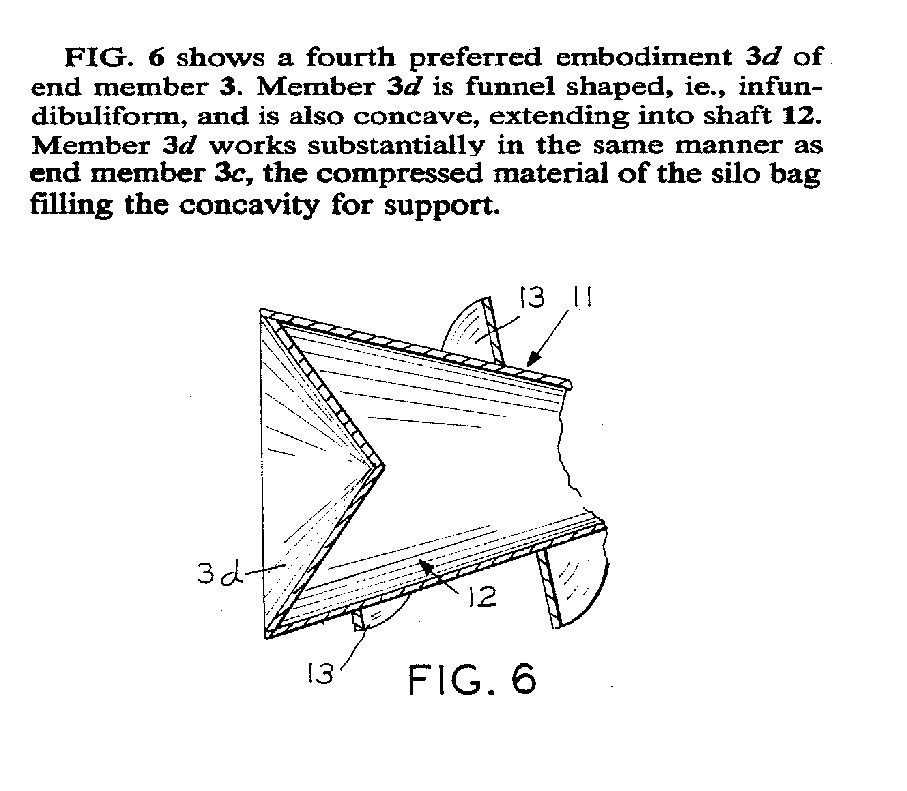In Core Wireless Licensing S.A.R.L. v. LG Electronics, Inc., [2016-2684, 2017-1922](January 25, 2018), the Federal Circuit affirmed the denial of summary judgment that claims 8 and 9 of U.S. Patent No. 8,713,476 and claims 11 and 13 of U.S. Patent No. 8,434,020 are directed to patent ineligible subject matter under 35 U.S.C. § 101; (2) the denial of JMOL that Blanchard anticipates the asserted claims under 35 U.S.C. § 102; and (3) the denial of JMOL that the claims are not infringed.
The patents disclose improved display interfaces, particularly for electronic devices with small screens like mobile telephones, which allow a user to more quickly access desired data stored in, and functions of applications included in, the electronic devices. Claim 1 was representative of the claims of the ‘476 patent:
1. A computing device comprising a display screen, the computing device being configured to display on the screen a menu listing one or more applications, and additionally being configured to display on the screen an application summary
that can be reached directly from the menu, wherein the application summary displays a limited list of data offered within the one or more applications, each of the data in the list being selectable to launch the respective application and enable the selected data to be seen within the respective application, and wherein the application summary is displayed while the one or more applications are in an un-launched state.
LG moved for summary judgment of invalidity of the asserted claims under 35 U.S.C. § 101, which the court denied, finding that crediting LG’s characterization of the claims as directed to “displaying an application summary window while the application is in an unlaunched state,” the concepts of “application,” “summary window,” and “unlaunched state” are specific to devices like computers and cell phones, and explaining that LG identified no analog to these concepts outside the context of such devices, and further alternatively finding claim 1 patent eligible at least because it passes the machine-or-transformation test.
The Federal Circuit conducted the Alice two-step analysis, noting that at step one it must “articulate what the claims are directed to with enough specificity to ensure the step one inquiry is meaningful. The Federal Circuit pointed out the difficulty inherent in delineating the contours of an abstract idea, and observing that all inventions at some level embody, use, reflect, rest upon, or apply laws of nature, natural phenomena, or abstract ideas.” The Federal Circuit also considered whether the claims are directed to a specific improvement in the capabilities of computing devices, or, instead, a process that qualifies as an abstract idea for which computers are invoked merely as a
tool.
The Federal Circuit asserted claims in this case are directed to an improved user interface for computing devices, not to the abstract idea of an index, as argued by LG. Although the generic idea of summarizing information certainly existed prior to the invention, these claims are directed to a particular manner of summarizing and
presenting information in electronic devices. The Federal Circuit disclosed invention improves the efficiency of using the electronic device by bringing together a limited
list of common functions and commonly accessed stored data ,” which can be accessed directly from the main menu. The Federal Circuit found that the this language clearly indicates that the claims are directed to an improvement in the functioning of
computers, particularly those with small screens. Referring to the language of the specification, the Federal Circuit found that it the claims were directed to an improvement in the functioning of computers, particularly those with small screens.
Having determined that the claims were not directed to an abstract idea, the Federal Circuit did not reach the second part of the Alice test.
On the anticipation issue, the Federal Circuit found that LG failed to carry its burden to show the claims anticipated. On the infringement issue, the Federal Circuit found that because the claim language, specification, and prosecution
history all support the district court’s construction, that this construction was correct. Further, the Federal Circuit found substantial evidence supports the jury’s verdict of infringement based. While LG argued no reasonable
jury could find the accused devices satisfy this claims the Federal Circuit disagreed.

